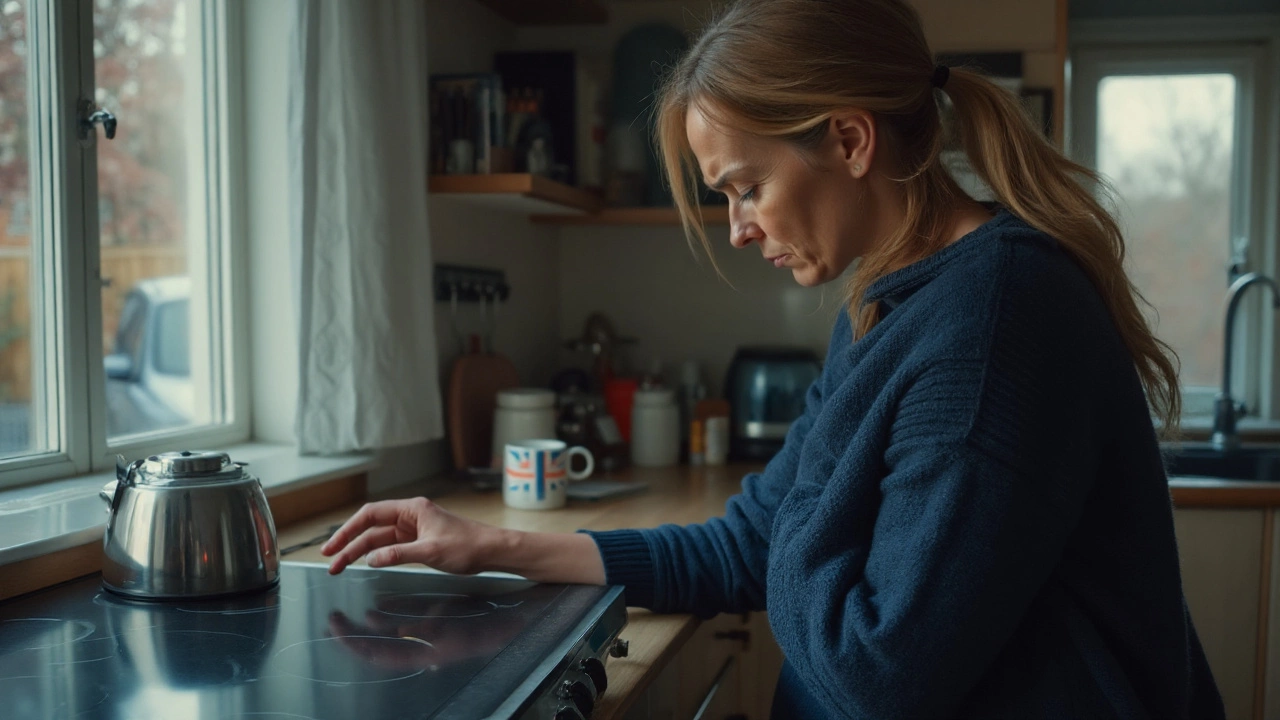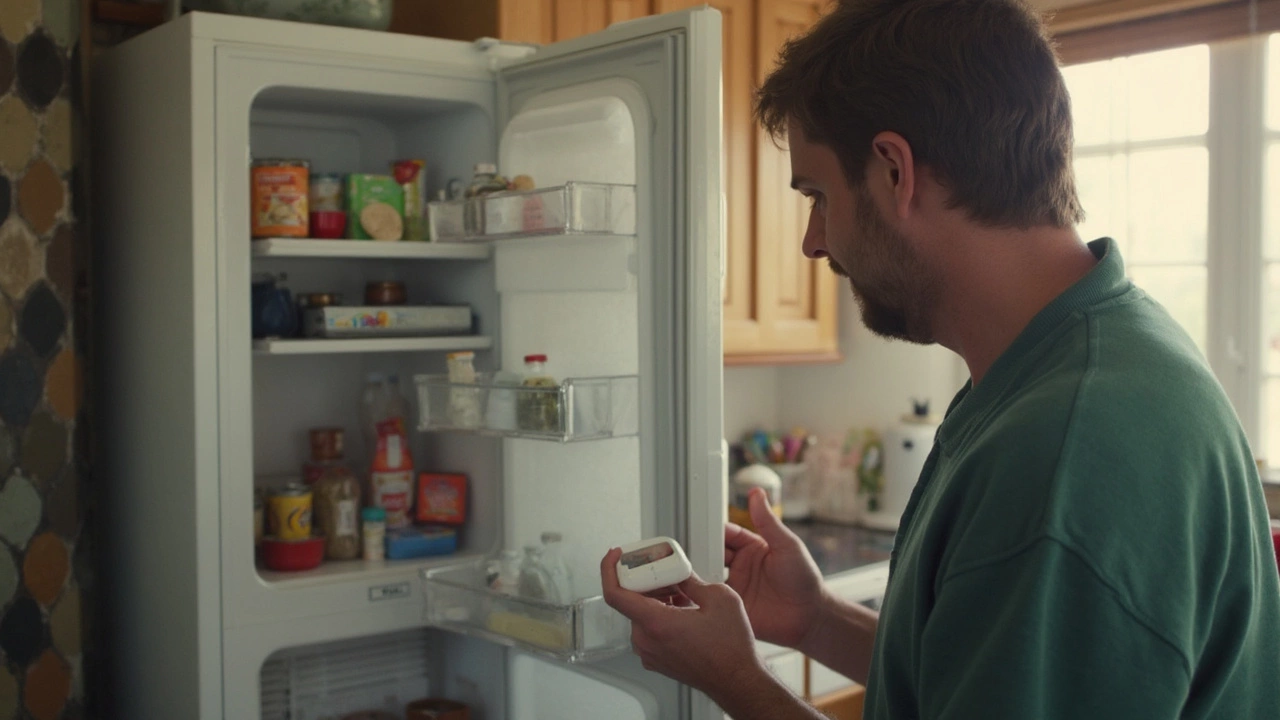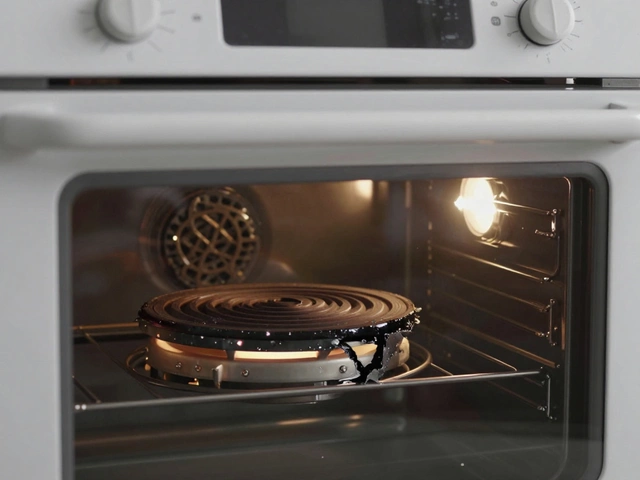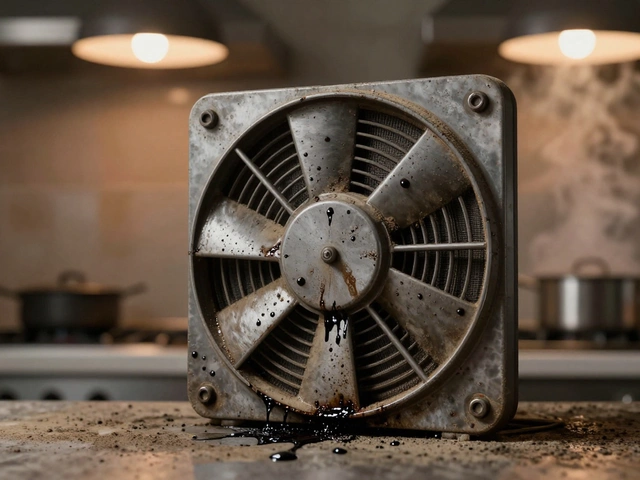Startling, isn’t it, when your trusty electric stove suddenly throws a tantrum? Most of us expect these kitchen workhorses to greet every dinner plan with unwavering cooperation. But here’s a hidden truth: even the most reliable electric stoves face trouble—sometimes at the worst possible moment. Two issues top the charts so often that every homeowner should know them by heart. If you want to avoid the panic of a half-cooked roast or a stubborn cold stovetop, read on.
The Two Biggest Electric Stove Headaches
Let’s not sugarcoat it: the most common problems are the ones nobody wants to see just before dinner rush. First, there’s the notorious burner that refuses to heat up or only works sometimes. Second, there’s the opposite—burners that get stuck on high and show no mercy, even when you turn the knob to ‘low’ or ‘off’.
Burners that stay cold even when you twist the dial can spike your stress in seconds. It may seem like your stove is dead, but in most cases, only one or two burners fail while the rest keep working. This is usually a sign that a surface element is shot or a connection has gone loose or dirty. Sometimes it’s the infinite switch, the part behind the knob, calling it quits. For revolving issues—burners that are on full blast and don’t dial down—the infamous faulty infinite switch is again the main troublemaker. Infinite switches are named that way because they should let you pick any temperature, but once they go bad, the burner's either stone-cold or blazing.
You want to know another kicker? According to a 2022 appliance survey from Consumer NZ, over 35% of electric stove break-downs in Kiwi households were linked to these two exact problems. They’re that typical. Another fun fact: stoves made before 2010 are far more likely to develop these quirks. Builders used different burner and switch components which, over time, just dreaded heat and kitchen steam.
Why Do Burners Stop Heating (Or Overheat)?
The science behind burners failing or going haywire isn’t rocket science, but it’s not always obvious, either. At its core, electricity heats up coils or hidden elements, and your controls manage the flow. If any link breaks, you’ve got a cold dinner or a runaway burner.
The most frequent culprit with a burner that stays cold is a worn-out coil. Electric burners might look sturdy, but underneath the metal, the filaments can snap or burn out from years of expansion and contraction. Another big one—sometimes those prong connections underneath just get filthy or corroded. Even a light layer of kitchen grease or oxidation can break the flow of electricity. When you’re dealing with smooth-top stoves, it’s a bit sneakier. Hidden elements underneath the glass can burn out, and because you can’t see them directly, issues go unnoticed until the glass feels cold.
Now, for burners stuck on high heat, all fingers point to the infinite switch. This switch “tells” your stove how hot to get. When it fails, it's like a radio knob that's stuck on maximum volume—every setting blasts you the same way. You might notice the knob feels loose, clicks strangely, or even smells like burning plastic. If swapping coils between burners makes the problem jump, chances are your coil is fine but your switch isn’t.
Homes in humid or coastal spots like Auckland face additional challenges. Damp air and salt can speed up corrosion. That gorgeous ocean breeze? It’s less helpful for your stove’s internals. Proper cleaning and occasional checks go a long way.
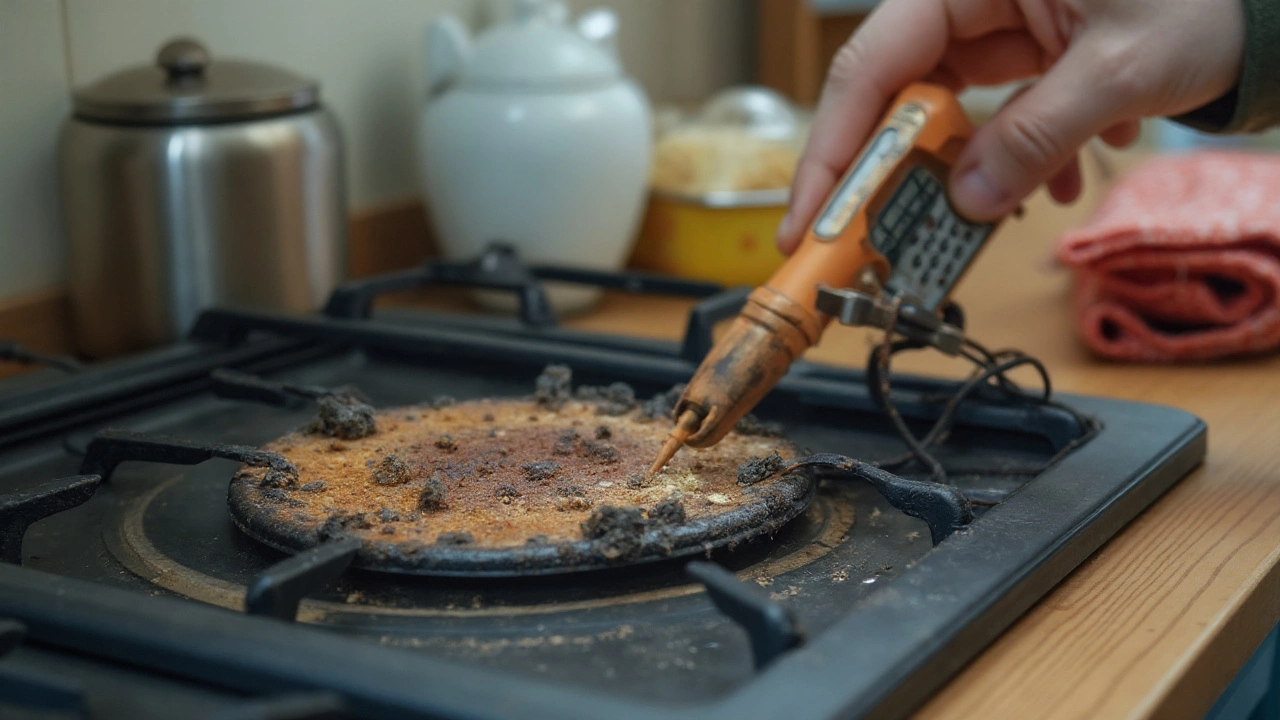
Warning Signs: Don’t Ignore These Red Flags
Ever notice a dull red glow on your burner or a barely-there warmth? Maybe the burner works only after a bit of wiggling? That’s a classic sign of a connection issue or coil burnout. If you hear a quiet buzzing or spot the control knob feeling especially hot, you're possibly witnessing the start of an infinite switch meltdown.
Table: Common Symptoms and Their Likely Causes
| Symptom | Most Likely Cause |
|---|---|
| Burner doesn’t heat at all | Burned out coil, bad connection, broken switch |
| Only some burners work | Individual burner or switch failure |
| Burner stuck on high | Faulty infinite switch |
| Knob is hard to turn or loose | Damaged switch stem |
| Indicator light stays on | Shorted or stuck switch |
| Burner only heats in one spot | Partial coil break or hidden element failure |
| Unusual smells when using stove | Overheating switch or wiring issue |
Other things to watch for: visible charring or melting near knobs; discolored coil ends; or, with glass tops, weird heat patterns or cracks.
DIY Checks: What You Can Safely Do at Home
Before you grab a screwdriver or order spare parts, check if you can diagnose the issue with some quick tricks. Safety first—always unplug your stove or flip the circuit breaker. Even if you’re just poking around, you don’t want a zap.
- Swap burners: Take a working coil and swap it with the non-working one. If the dead spot comes to life, your original coil is the issue. If nothing changes, the culprit’s likely underneath or in your controls.
- Check for grime: Look under removable coils for gunk, corrosion, or burnt marks. Clean with a gentle scraper and a dab of vinegar if you spot any buildup. It sounds basic, but dirty contacts can break the circuit better than a broken wire.
- Test your knobs: Feel for weird resistance, wobbliness, or heat. Bad infinite switches often feel odd or get unusually warm during use.
- Listen and sniff: Clicking, buzzing, or burning smells aren’t normal. These are not just annoying—they’re warnings. A failing infinite switch, especially, can overheat and start melting plastic.
- Smooth-top stoves: You can’t swap the hidden elements, so try all burners. If several fail, you might be facing a wiring or control board issue.
If your DIY checks point to a failed part like a coil or switch, replacements are straightforward for many plug-in burners. For glass tops or anything involving wiring, it’s smart to call a pro. Saving a few bucks isn’t worth a kitchen disaster.

Prevention and Maintenance: Keep Your Stove Cooking
Most people don’t think twice about their stove until it stops working, but a little TLC goes a long way. Start by gently removing coils every couple of months to clean underneath. Grease, crumbs, and moisture have a habit of building up. Wipe contacts with a dry cloth or a touch of rubbing alcohol, but never use water.
Set a reminder, especially if you cook a lot or live close to the sea. Corrosion creeps up fast here in Auckland, sometimes showing in just a year or two. For those with glass-top stoves, keep the surface clean and dry. Sticky spills can creep underneath and cause element failures over time.
If you notice persistent problems—burners that burn unevenly, indicator lights that act up, or knobs that get too warm—don’t ignore them. Small quirks have a sneaky way of turning into big repairs or, worse, safety issues. Especially with old units (think anything over 10 years), consider having a licensed appliance tech do a yearly check. They can catch weak spots before they fail entirely.
Quick tip: Don’t overload burners with giant pots. Even though they look hefty, electric coils can warp from extra weight, making bad connections more likely. Likewise, keep pets and little fingers away from open coils for added safety.
One last fact to tuck away—in the 2023 Kitchen Appliance Reliability Report, owners who performed simple quarterly cleaning and checks cut their stove repair incidents by half. Not bad for a job that takes 10 minutes every three months.
